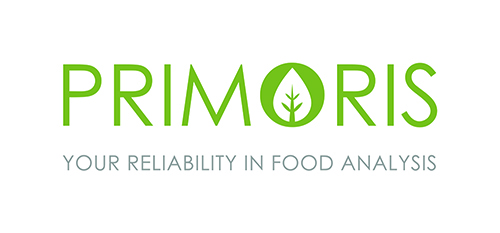|
 |
Newsletter #6 |
|
|
Expansion of LMS multiresidue methodAt PRIMORIS we invest daily in R&D and the further optimization of our existing analysis methods in order to offer the most relevant and reliable methods to our clients. With great pleasure we can announce an important update of our LMS(L) multi residue method. On November 14th 2016 the scope of this method will be extended and we are happy to give you a summary of the major changes. These method adjustments are performed with the aim to maximize the market relevance and to maintain the highest possible quality. This quality is further supported by the accreditation of, not only the two methods, but also of the highest possible number of pesticides included in these methods. Please read these changes carefully as they might be relevant when registering a sample: 1. Abolition of LMS3 method Dazomet and diafenthiuron to LMS(L) A specific method for dazomeet and diafenthiuron (LMS3) was used until now. This LMS3 method can be omitted now and the compounds dazomet and diafenthiuron are added to the LMS multiresidue method. The remaining compounds in the LMS3 method pyridafol and pyridate were already available in the LMS multiresidue method. 2. Transfer of asulam from single residue method to multiresidue method LMS(L) The determination of the asulam compound has also been integrated in the LMS(L) multimethod. Hence, the specific individual method PES# for the determination of asulam will disappear. 3. Transfer of iprodione and pyridalyl from GMS to LMS(L) Up until today the compounds iprodione and pyridalyl were included in our GMS multiresidue method, but as from November 14th, they change to the LMS(L) method, by LC-MSMS. This change is in view of optimal complementary use of GC-MSMS and LC-MSMS equipment. The new general certificate version 26 will be available on the client portal of our website as from Thursday November 10th. |
|
|
|
